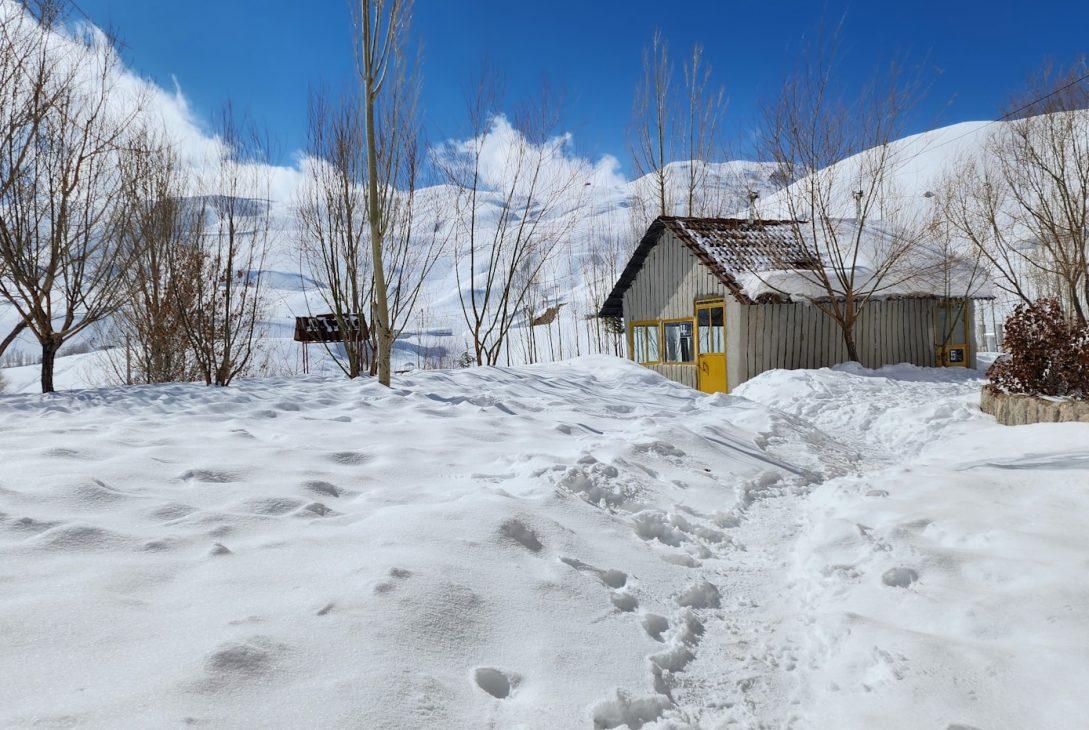Winter brings beauty but also danger to homes and businesses. Freezing temperatures damage infrastructure, burst pipes, and create liability risks. Property owners who prepare strategically save thousands in repairs. This guide explains how to winterize your property before cold weather strikes.
Understanding Winter Property Risks
Frozen pipes cause more damage than most homeowners realize. Water expands when it freezes, creating enormous pressure inside metal and plastic pipes. A single burst pipe floods your home or business within hours. Repair costs often exceed $10,000 when damage spreads to walls and foundations.
Outdoor areas face unique challenges during winter months. Exposed water lines freeze first. Ground-level connections become vulnerable. Even well-maintained plumbing fails without proper protection.
Your roof, foundation, and exterior walls all suffer during freeze cycles. Moisture infiltrates cracks and expands as it freezes. This process repeats daily during winter, causing structural damage. Prevention costs far less than restoration.
Preparing Your Outdoor Infrastructure
Freeze protection for pipes requires multiple approaches working together. Insulation keeps pipes warm when temperatures drop. Heat tape provides active warmth to vulnerable connections. Draining systems before winter eliminates water that could freeze.
Ground-level exposures need immediate attention before freezing starts. Identify all outdoor water connections on your property. These include sprinkler systems, garden hose connections, and pool equipment. Drain them completely or winterize with antifreeze solutions.
Underground pipes run deeper in frost-prone regions for good reason. Pipes buried below the frost line stay protected naturally. If your property has shallow lines, insulation becomes essential. Professional plumbers can identify vulnerable sections quickly.
Attics and crawl spaces require ventilation to prevent ice dam formation. Proper airflow keeps roof surfaces cold enough to prevent melting and refreezing cycles. Blocked vents trap warm air that melts snow from underneath. This water refreezes at the roof edge, creating dangerous ice dams.
Protecting Your Landscape and Grounds
Winter transforms outdoor spaces into high-risk environments. Trees and shrubs need protection from freeze damage. Wrapping vulnerable plants saves them from cracking. Mulch insulates root systems below ground.
Water features like fountains and ponds require special attention. Drain standing water completely before temperatures plummet. Empty bird baths and decorative pools. Ice expansion cracks containers and damages pumps.
Modern outdoor furniture should be stored or protected before winter arrives. Wooden furniture expands and contracts with temperature changes. Metal furniture rusts when exposed to freeze-thaw cycles. Fabric cushions absorb moisture and develop mold.
Move outdoor furniture indoors if possible. If storage isn’t available, cover everything with weatherproof tarps. Elevate items slightly off the ground to allow air circulation underneath. This simple step prevents moisture accumulation and rot.
Garden beds need preparation too. Add mulch for insulation. Remove annuals that won’t survive freezing. Perennials benefit from extra protection in harsh climates. Drain irrigation lines completely to prevent burst sections.
Maintaining Your Home’s Exterior
Gutters clogged with leaves cause serious winter damage. Debris blocks water drainage, creating ice dams on roofs. Heavy ice weight pulls gutters away from fascia. Clean gutters thoroughly before the first freeze arrives.
Caulk gaps around windows and doors now. Cold air penetrates small openings, raising heating costs. Moisture seeps in and freezes, cracking frames and sills. Quality caulk costs little compared to replacement windows.
Your foundation deserves attention before winter weather hits. Seal cracks in concrete to prevent water infiltration. Ensure proper drainage around the foundation perimeter. Water pooling near your foundation freezes and creates heaving pressure.
Inspect your roof for missing shingles or damaged flashing. These weak points let water infiltrate your attic during freeze-thaw cycles. Snow melt penetrates gaps and causes interior damage. Roof repairs now prevent costly water damage later.
Weatherstripping around doors deteriorates over time. Worn strips allow drafts and moisture infiltration. Replace them before cold weather arrives. Modern weatherstripping materials last longer than older options.
Preparing Your HVAC System
Your heating system works harder during winter than any other season. Schedule maintenance before the heating season begins. Professional technicians clean components and identify problems early. A breakdown during cold weather creates emergency situations.
Replace air filters regularly throughout winter. Dirty filters reduce efficiency and strain your system. Check filters monthly during peak heating months. Clogged filters make your furnace work twice as hard.
Spectrum Health Care extends to your home’s heating systems too. Families relying on heating for survival need reliable equipment. Children, elderly relatives, and sick family members require consistent warmth. System failures become genuine health emergencies in winter.
Have a backup heating plan if your primary system fails. Space heaters provide temporary warmth during repairs. Know how to safely operate backup equipment. Improper use creates fire hazards and carbon monoxide risks.
Keep your thermostat at a consistent temperature. Dramatic swings waste energy and stress components. Programmable thermostats maintain comfort automatically. They reduce utility bills while protecting your equipment.
Winterization Checklist
Complete these tasks before the first hard freeze:
- Drain and insulate all outdoor water lines
- Cover or store outdoor furniture and equipment
- Clean gutters and downspouts thoroughly
- Seal foundation cracks and gaps
- Inspect and repair roof damage
- Replace worn weatherstripping
- Schedule HVAC maintenance immediately
- Wrap vulnerable pipes with insulation
- Drain pool and fountain systems
- Clear vegetation away from foundation
Don’t wait until freezing weather arrives to start preparations. Winter readiness requires advance planning. Most tasks take a weekend or two to complete. The investment saves thousands in damage costs.
Professional Help When Needed
Some winterization tasks require professional expertise. Licensed plumbers handle complex pipe protection systems. Roofers identify and repair damage safely. HVAC technicians maintain heating equipment properly.
Get multiple quotes for major work. Compare pricing and service guarantees. Ask about warranty coverage on repairs. Professional workmanship protects your investment better than DIY approaches for complex systems.
Schedule appointments early in fall when contractors have availability. Winter emergencies create long wait times. Early booking ensures quality work and reasonable pricing. Last-minute emergencies often cost 50% more than planned maintenance.
Conclusion
Winter preparation protects your property and family from costly damage. Start winterizing your home in early fall before weather turns cold. Drain pipes, insulate exposed lines, clean gutters, and seal gaps thoroughly.
Property protection is an investment in your family’s safety and comfort. Take these steps now and enjoy a worry-free winter season. Your future self will thank you when freezing temperatures arrive without causing damage.













